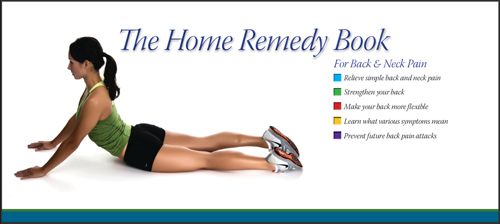- Locations
- Find a Physician
- By Physician
- By Department
- The Center for Spine Health
- Hand & Wrist Center
- Shoulder & Elbow Center
- Foot & Ankle Center
- Joint Replacement Center
- The Sports Medicine Center
- Pediatric Orthopedic Center
- Trauma & Fracture Center
- Osteoporosis and Bone Health
- Oncology Center
- Cartilage Repair Center
- Concussion Rehab Center
- OrthoDirect
- Careers
- Patient Portal
- Intranet
 Overview
Overview
Collateral ligaments are thick ligaments located on both sides of the elbow. The ulnar collateral ligament complex is located on the inside of the elbow and is attached on one side to the humerus and on the other side to the ulna. The ulnar collateral ligament on the inner portion of the elbow provides stability to resist angulation at the elbow joint.
The UCL consists of three bands anterior (front), posterior (back) and transverse (across) bands. The anterior (front) band is the most important for the elbow’s stability. Ligaments serve as a tether between the bones and help control the movement of joints. When the ligament is torn, the tether becomes too long and the bones move too much causing pain and instability. Ulnar collateral ligament injuries range from minor damage or inflammation to a complete tear of the ligament.
The most common type of injury occurs gradually over a long period of time with stretching and degradation of the ligament from repeated forces across the elbow joint.
The ulnar collateral ligament of the elbow is most often injured by repeated stress from overhead movement common in sports like throwing a baseball. Injury to the ulnar collateral ligament of the elbow has commonly been associated with baseball pitchers and made famous as "the Tommy John Surgery."
The UCL can be injured from elbow dislocations or injuries that commonly occur with falls from a height. The UCL may rupture or get pulled off the humerus, chipping a small piece of bone when falling on a outstretched arm. Traumatic elbow injuries usually result in a complete tear or rupture of the ligament. Severe trauma to the elbow is sometimes accompanied by dislocation or elbow fracture.
Someone who has an acute injury to the UCL ligament but does not participate in active sports, the injury will heal and can return to activity without surgery. An athlete with repeated stress on the elbow must have the injury surgically stabilized.
A UCL injury is a gradual onset of elbow pain due to repetitive stresses on the ligament. UCL injuries are common in athletics that require frequent overhead arm use, such as throwing a ball. Young baseball pitchers under age 15 may develop UCL tears from repeated stress. Pain when throwing is not normal for young children and creates further injury.
Little League elbow is another overuse injury common in young baseball players where there is an injury to the growth plates on the ends of the bones forming the elbow joint.
Symptoms
The most common symptoms of a UCL injury include a sudden “pop” or pain along the inner side of the elbow, pain when accelerating the arm forward, or tingling or numbness in the pinky and ring fingers. A UCL tear may feel like a “pop” followed by intense pain.
The instability from a UCL tear will affect your ability to play sports that require throwing. However, it is unlikely to affect daily living activities, such as carrying a bag or object. A UCL tear rarely prevents people from performing nonthrowing activities.
Diagnosis
UCL injuries are diagnosed by physical examination and a stress test to determine the instability of the elbow. A tear in the UCL is discovered by physical examination that can be augmented with fluoroscopy, X-rays, or an MRI. Fluoroscopy can demonstrate excessive motion in the elbow joint due to a injury. MRI helps identify the location and severity of the tear and health of the ligament.
Treatment
Treatment for UCL injuries range from resting, physical therapy or surgery. For mild injuries, non-surgical treatments involving rest, anti-inflammatories, and strengthening exercises may provide relief.
For competitive athletes whose damage worsens over time, surgery may be necessary to restore stability to the elbow and improve function. UCL reconstruction is also called Tommy John Surgery. In 1974, the Los Angeles Dodgers pitcher was the first to undergo the procedure and return to competitive play. Today, UCL reconstruction is a common procedure with a high success rate.
In most cases of UCL injury, surgeons can reconstruct the ligament by using one of the patient’s own tendons to restore elbow strength and stability. The specific type of surgery (if needed) falls into 2 broad categories: repair or replace (or reconstruct). The direct repair process is usually for athletes with single acute injuries to the elbow where the ligament is largely intact.
Chronic injury is best treated with a ligament reconstruction, referred commonly as "the Tommy John Procedure." The specifics of the procedure are variable based on surgeon training and preference, but overall they are very successful. Reconstruction involves using harvested tissue from the patients own body to re-create a new ligament.
The rehabilitation process requires 4-6 months of gradual increase in motion and strengthening.
[Top]








